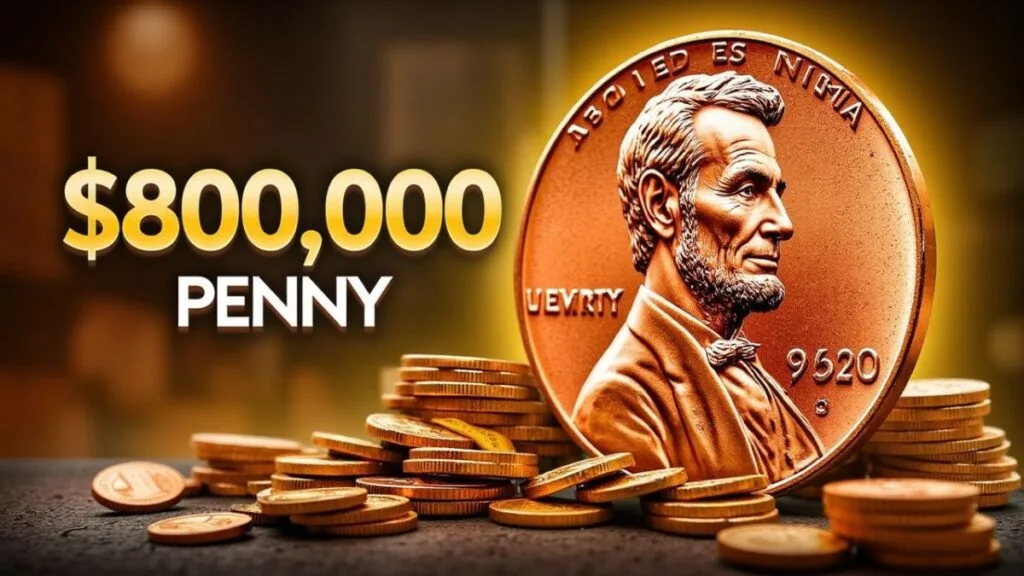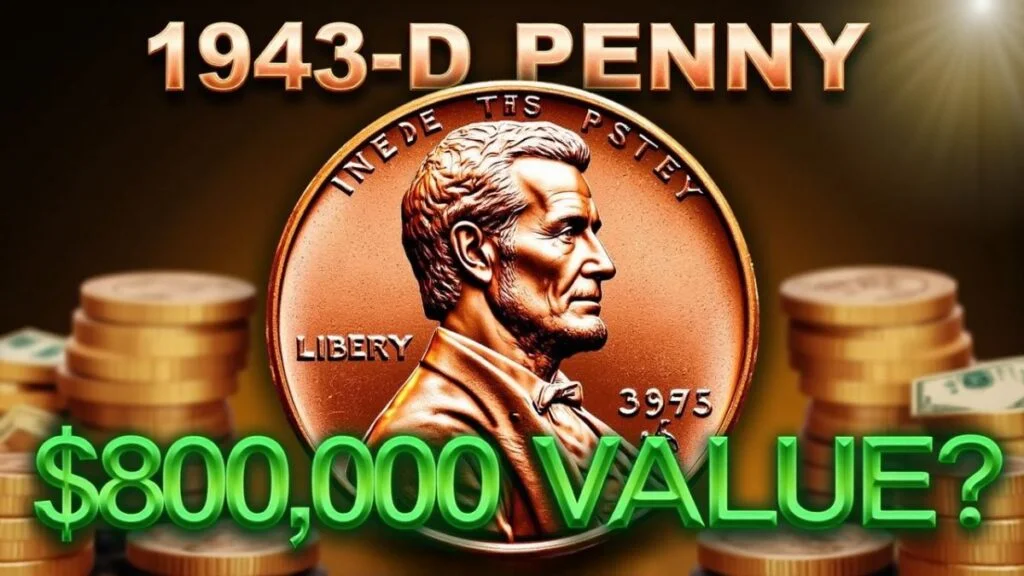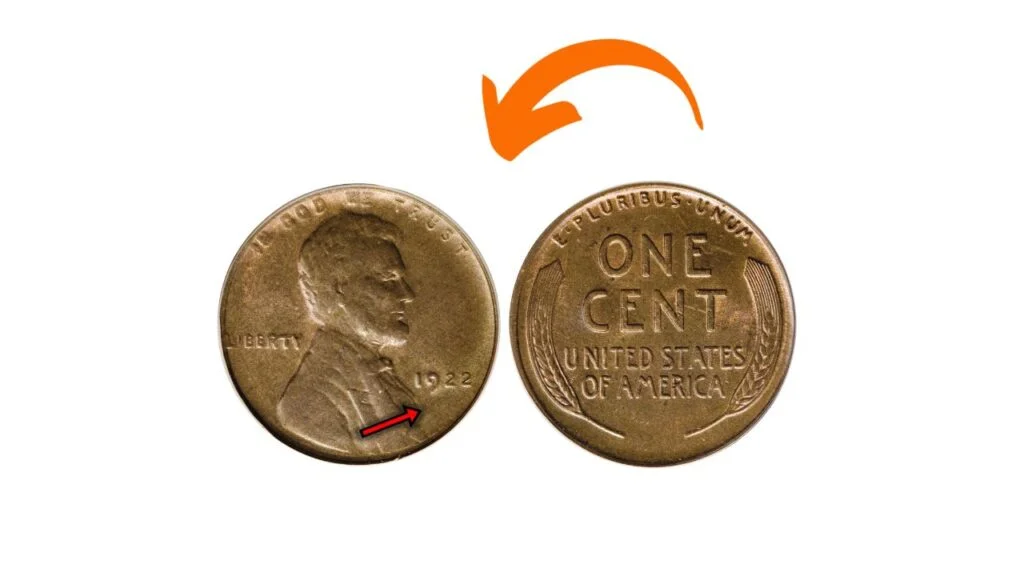The Lincoln Wheat Penny, minted between 1909 and 1958, is one of the most iconic and sought-after coins among collectors. While many of these pennies are fairly common and low in value, certain rare versions can fetch astounding prices—some even reaching as much as $800,000 or more. So, what makes these pennies so special? Let’s take a deep dive into the world of Lincoln Wheat Pennies and discover why they continue to captivate coin collectors everywhere.
Introduction to the Lincoln Wheat Penny
The Lincoln Wheat Penny was first introduced in 1909 to celebrate the 100th anniversary of Abraham Lincoln’s birth. This coin holds the distinction of being the first U.S. coin to feature a president’s portrait. Designed by the talented artist Victor David Brenner, the obverse (front) of the coin showcases Lincoln’s profile, while the reverse (back) features two stalks of wheat, symbolizing prosperity and abundance. These distinctive design elements have made the Lincoln Wheat Penny a beloved item for both history buffs and coin enthusiasts alike.
1943-D Bronze Wheat Penny: A Wartime Rarity
During World War II, the U.S. Mint faced a shortage of copper, which was crucial for wartime manufacturing. In 1943, they began producing pennies from zinc-coated steel instead of copper. However, due to an error, some copper planchets (the blank discs used to strike coins) were accidentally mixed into the batch, resulting in a few rare 1943 bronze pennies. Among these, the 1943-D (minted in Denver) stands out as exceptionally valuable. Only one certified specimen has ever been discovered, making it an extremely rare find.

Ads by Google
Ads by Google
Valuation and Auction Records
The 1943-D bronze penny has made headlines at coin auctions, with one such coin selling for an incredible $1.7 million in 2010. Depending on the condition of the coin and its market demand, a 1943-D bronze penny can fetch anywhere from $80,000 to $2 million. So, if you happen to come across one of these rarities, you might just be holding onto a small fortune!
How to Identify a 1943-D Bronze Penny
Thinking you might have one of these rare coins in your possession? Here’s how to identify a 1943-D bronze penny:
- Date and Mint Mark: Look for the year “1943” stamped on the coin, along with the mint mark “D” beneath the date. The “D” indicates that it was minted in Denver.
- Material: Unlike the common steel pennies produced in 1943, a genuine bronze penny is not magnetized. If the coin sticks to a magnet, it’s likely a steel version.
- Weight: A bronze penny weighs approximately 3.11 grams, whereas a steel penny weighs just 2.7 grams.

Other Valuable Lincoln Wheat Pennies
While the 1943-D bronze penny is the rarest, there are other Lincoln Wheat Pennies that can also command high prices among collectors. Here’s a look at some of them:
| Year | Mint Mark | Description | Approximate Value (USD) |
|---|---|---|---|
| 1909 | S VDB | Designer’s Initials | $700 – $1,500 |
| 1914 | D | Low Minting | $170 – $200 |
| 1922 | No D | Lack of Mint Mark | $475 – $520 |
| 1931 | S | Low Minting | $75 – $85 |
| 1955 | None | Doubled Die Error | $1,000 – $1,100 |
Coin Care and Appraisal
If you believe you’ve found a rare Lincoln Wheat Penny, it’s crucial to handle it with care to preserve its value:

- Avoid cleaning: Never clean your coin, as it can reduce its value significantly. Cleaning can cause scratches and wear, which diminish the coin’s appeal to collectors.
- Get a professional appraisal: Take your coin to a reputable coin grading service for an accurate assessment of its value and authenticity. A professional can help you understand the coin’s condition and market value.
- Consult experts: If you’re unsure about your coin’s value, seek advice from experienced numismatists or dealers who can offer insights into your penny’s potential worth.
Conclusion
The Lincoln Wheat Penny is a beloved piece of American history, and some rare variants of this coin can be worth a small fortune. Whether you’re a seasoned coin collector or just starting, knowing how to identify and care for these rare pennies can make all the difference. From the 1943-D bronze penny to other valuable years like 1909 and 1955, there’s a world of opportunity for those who are passionate about numismatics. So, keep your eyes peeled, because you never know when you might come across a hidden gem!
FAQs
- What makes the 1943-D bronze penny so rare?
- The 1943-D bronze penny is rare because it was mistakenly struck on a copper planchet when the U.S. Mint was supposed to be using zinc-coated steel. Only one certified specimen has ever been found.
- How can I tell if I have a valuable Lincoln Wheat Penny?
- Look for key details like the year, mint mark, and material. If your penny is from a rare year like 1909, 1914, or 1943-D, and is in good condition, it could be worth a significant amount.
- What should I do if I find a rare Lincoln Wheat Penny?
- Don’t clean the coin! Instead, get it professionally appraised by a coin grading service to understand its true value.
- What other years of Lincoln Wheat Pennies are valuable?
- Besides the 1943-D bronze penny, other valuable years include 1909-S VDB, 1914-D, 1922 No D, and 1955 Doubled Die.
- Why are Lincoln Wheat Pennies so popular among collectors?
- These pennies are a fascinating part of American history and are considered one of the first coins to feature a U.S. president. Their distinct design and the rarity of certain variants make them highly sought after by collectors.





